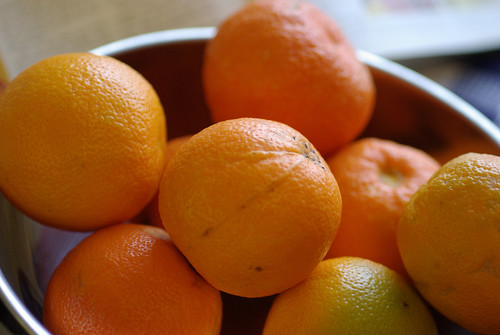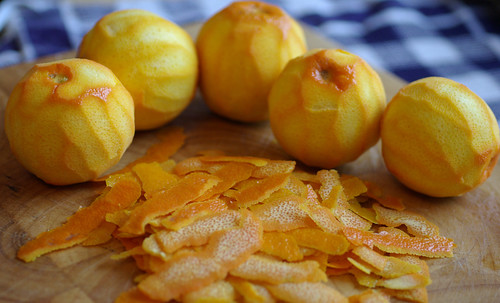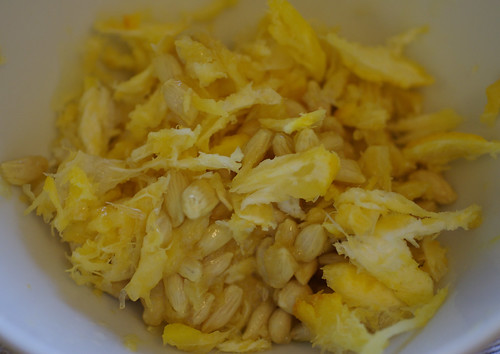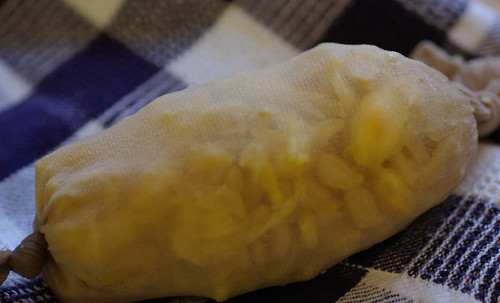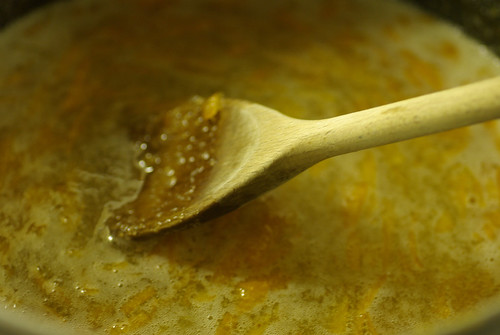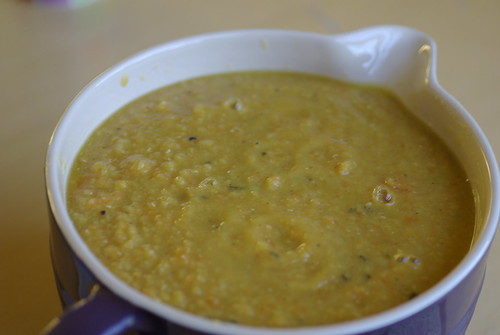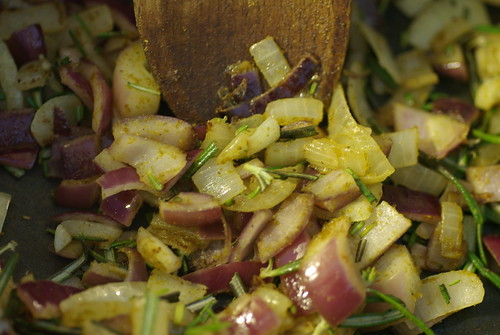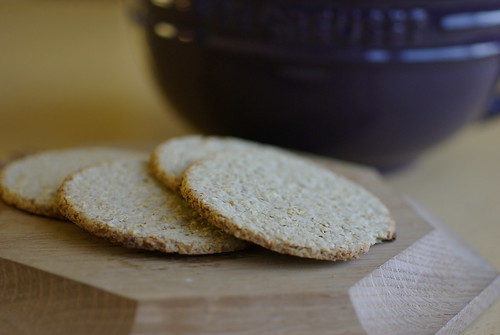January is a bi-polar month. As much as I love the brand-spanking new feeling of anything being possible and the next 366 days being a chance to be the best person I possibly can, it's also rather bleak. There are all the standard reasons: no money, stringent resolutions, being back at work (is it only me that hopes to be bumped into by a car on the way to the office to get a few weeks off work with a broken leg?), but there's also that heavy weight of self-analysis at this time of year: am I living life or is life living me?
I'm sure that many people have these grey feelings at this time of year and the malaise is not helped by the miserable old weather. It's hard to walk around with a spring in your step when you feel that if you were able to spring, you'd bash your head on the blanket of cloud seemingly only a few feet above you. Nature, however, is not all bad. It may be monochrome outside, but inside there are citrus fruits. Not only is the vibrant peel of a lemon a reminder that colour will, one day return, the flavours give life to your taste buds and can help give a renewed sense of vigour.
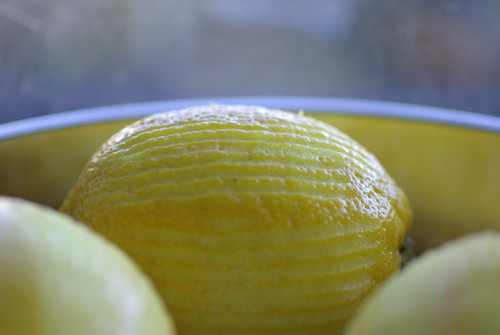
A little while back I was feeling a little 'timesick'. Do you ever get that feeling when you are thinking about a time in the past and you can remember it so vividly that the longing for it is almost tangible? I was missing being little. Coming home from school, mum being in the kitchen and nothing to worry about but tomorrow's spelling test, little. One thing I remember my Mum making at this stage was lemon curd and, in my timesick state, I decided to make a couple of jars. Once I'd made the curd and smeared it on a thick slice of toast (as in the old days) I felt like a little of the little me had returned.
I've had a spare jar of the curd in my fridge for a month and since, for January, I am trying not to eat as much toast (does anyone else think a group of toast-eaters anonymous would be very useful?) I was trying to think of other ways to use it.* I've had it stirred into Greek yoghurt, directly from the jar, a-top apple sauce and had considered a lemon curd roulard, but thought this would be better in the summer with some fresh raspberries. In the end, I decided to make my own lemon version of a bread and butter pudding. The perfect combination of winter comfort with a citrus, January's not that bad, kick.
The end result was delicious. The lemon really lifted the standard bread and butter pudding and although the ginger scented custard wasn't as powerful as I would have liked, a hint of the flavour was there. I was hoping to make a caramelised crust using my new Christmas blow-torch but unfortunately it hadn't come with any gas and as the grill was refusing to work, the crust wasn't to be. I made a mini-version of the pudding in my super cute dishes, but I have scaled it up to serve four below. Not only is this a great winter pud, I also think that it could be a great brunch dish.
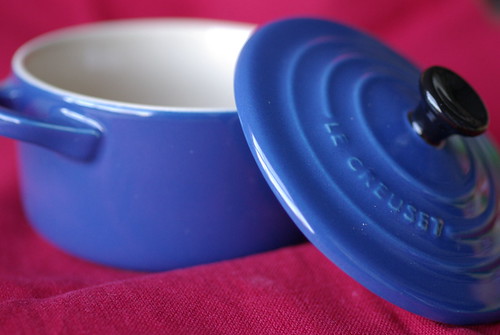
Basic Lemon Curd
(makes approximately 1lb)
Grated rind and juice of 2 large lemons
3 eggs
4oz butter
8oz sugar (I used light brown sugar, but I think caster would be better)
Beat the eggs lightly and mix in the lemon rind and juice, butter and sugar.
Place in the top of a double boiler or in a bowl over simmering water.
Heat gently, stirring occasionally until the sugar has dissolved and the curd thickens.
Pour into clean, dry jars and cover with a circle of waxed paper.
The curd should be kept in the fridge and used within a month.
 Lemon Bread and Butter Pudding
Lemon Bread and Butter Pudding
8 slices of white bread (stale is best - I used the last few slices of my pre-2008 cheap white loaf**)
3oz sultanas or raisins (I also think that dried cranberries would work well)
2 large eggs
2 level tablespoons of light brown sugar and a little more for the top
1 pint of milk (use semi-skimmed or whole milk)
8 tablespoons or so of lemon curd
Extra butter for the bread (optional)
1.5cm fresh ginger root grated
1 teaspoon ground cinnamon
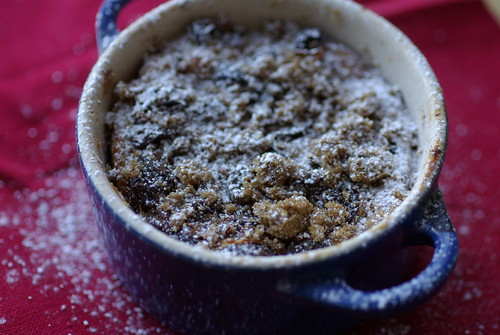
Remove the crusts from the bread. If you are making individual puddings you will want to cut the bread into the same shape as your little dish. Otherwise you can cut the bread into triangles.
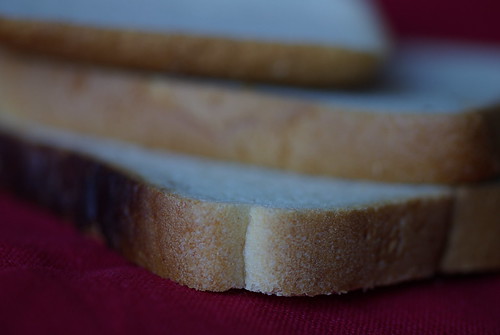
Heat the milk slowly with the grated ginger root and allow it to cool down so that the milk takes on the flavour. The flavour was very subtle when I did it, so if you want it to be stronger you could grate a little extra ginger to layer between the bread.
Lightly beat the eggs with the sugar and add the cooled milk. Beat together.
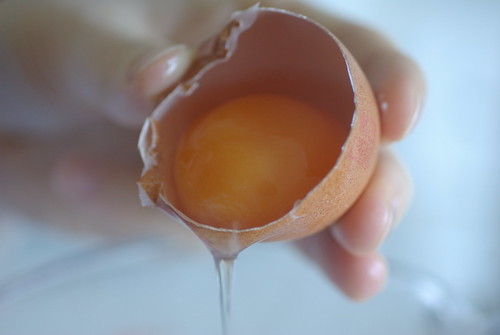
Spread your shapes of bread with a thin layer of butter (this is optional) on both sides. Then smear your lemon curd on both sides. I spread reasonably thickly.
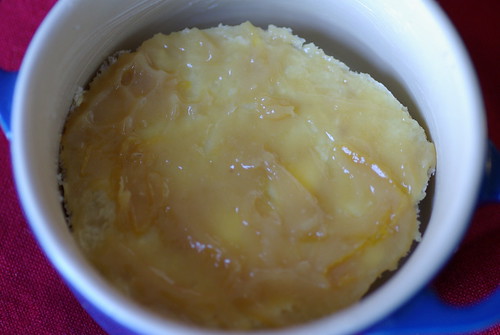
In a lightly buttered dish lay the first layer of curded bread. Sprinkle half of the dried fruit (and ginger if you want extra) onto the bread and then half of your egg/milk layer. I held down the bread with a wooden spoon to make sure it was soaking up all of the eggy mixture.
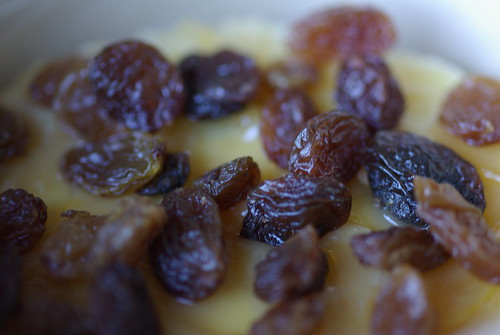
Add the second layer of bread and top with the remainder of the dried fruit and the egg mixture. Sprinkle the cinnamon across the top.
Bake the pudding in a preheated oven (180 degrees) for approximately 30 minutes or until the egg has set and the top is golden.
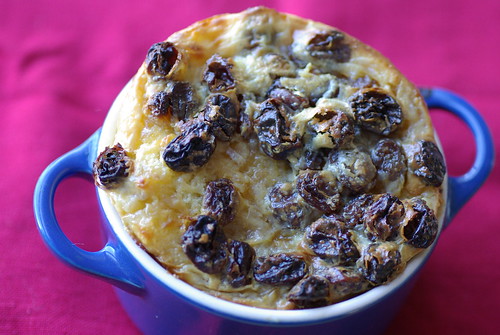
Once the pudding is cooked sprinkle the remaining sugar on the top and place under a hot grill to get a nice crust.
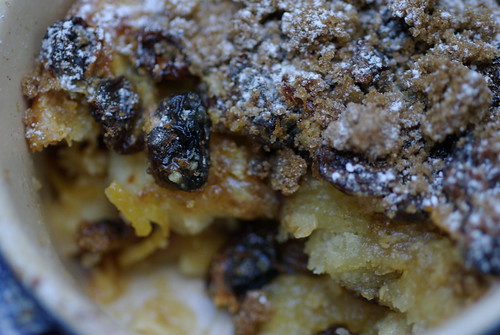
* Fruit curds should be eaten within one month or so.
** I know it's not very foodie, but I love toasted cheap white bread like roses love the rain.
*** Just a quick note to say that Savina Tessitore was the winner of my Menu for Hope prize. Thank you so much for bidding Savina (and the others who also purchased a ticket). I am very grateful and proud that Menu for Hope raised over $90,000. Wow! Please get in touch Savina, I'm in the middle of making your prize...
 You can use a large dish if you prefer. I recommend a loose bottomed tin so that it's easier to turn out. The scone dough can be made ahead of time as well, but I would put some greaseproof paper over the tarts so that the dough doesn't dry out. These are also delicious cold.
You can use a large dish if you prefer. I recommend a loose bottomed tin so that it's easier to turn out. The scone dough can be made ahead of time as well, but I would put some greaseproof paper over the tarts so that the dough doesn't dry out. These are also delicious cold. 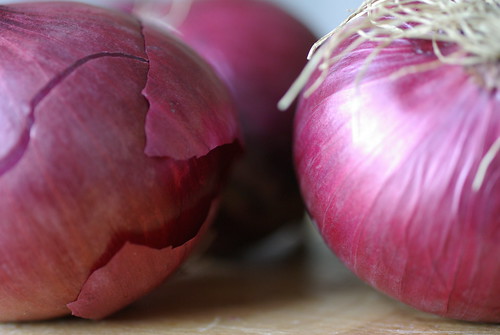

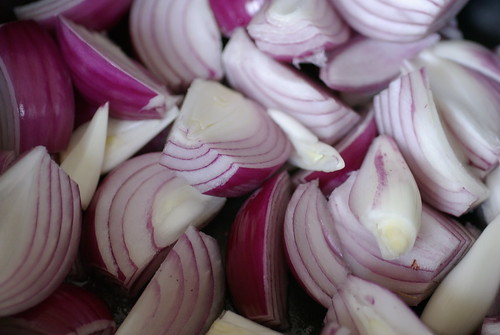




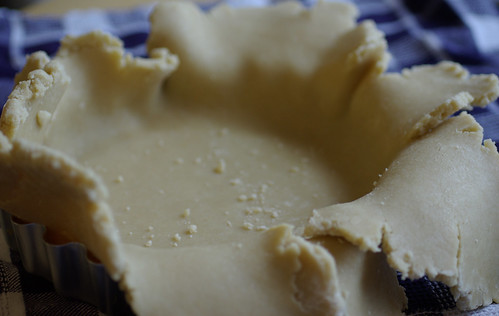
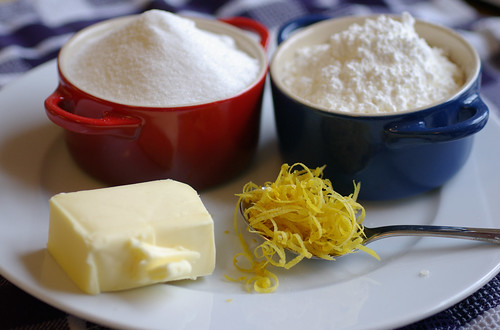
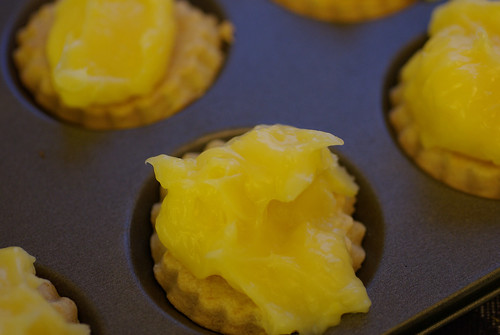
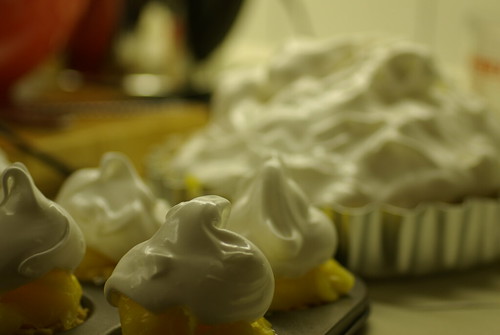 Bake for 15 to 20 minutes, or until golden. Cool on a rack. Enjoy!
Bake for 15 to 20 minutes, or until golden. Cool on a rack. Enjoy!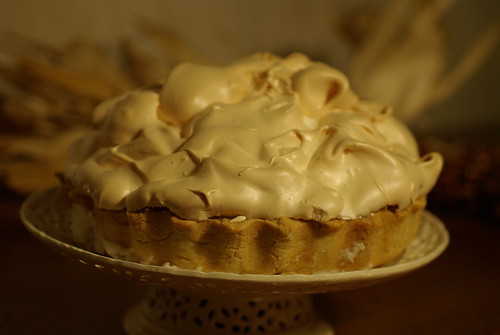
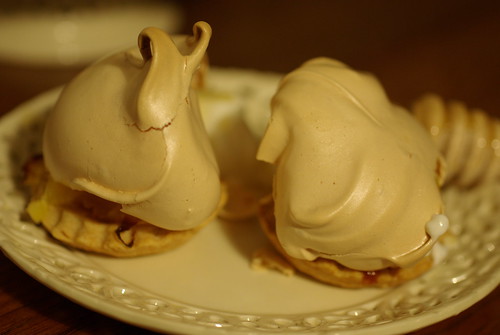
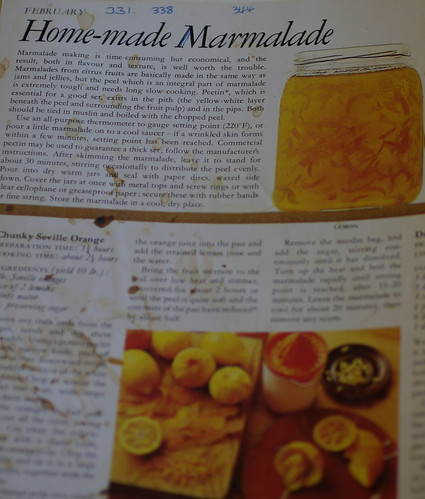 The process of peeling and chopping the fruit is very therapeutic. There is also something so appealing about filling freshly cleaned jam jars with the amber mixture, knowing that even if the worst happens you will always have a store of something you have made yourself.
The process of peeling and chopping the fruit is very therapeutic. There is also something so appealing about filling freshly cleaned jam jars with the amber mixture, knowing that even if the worst happens you will always have a store of something you have made yourself. 